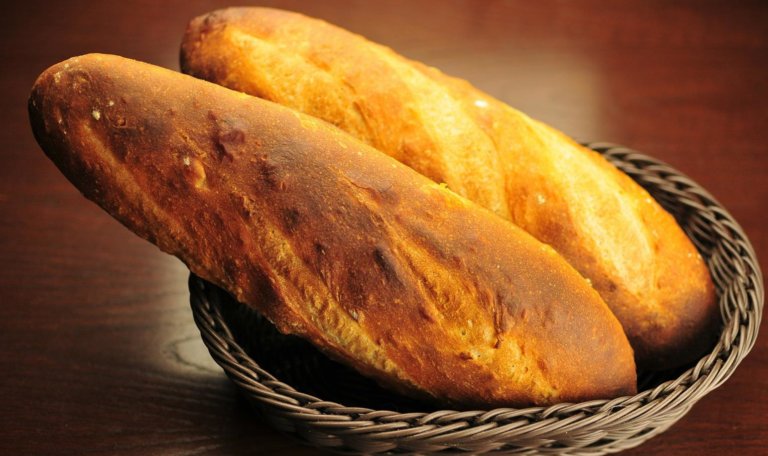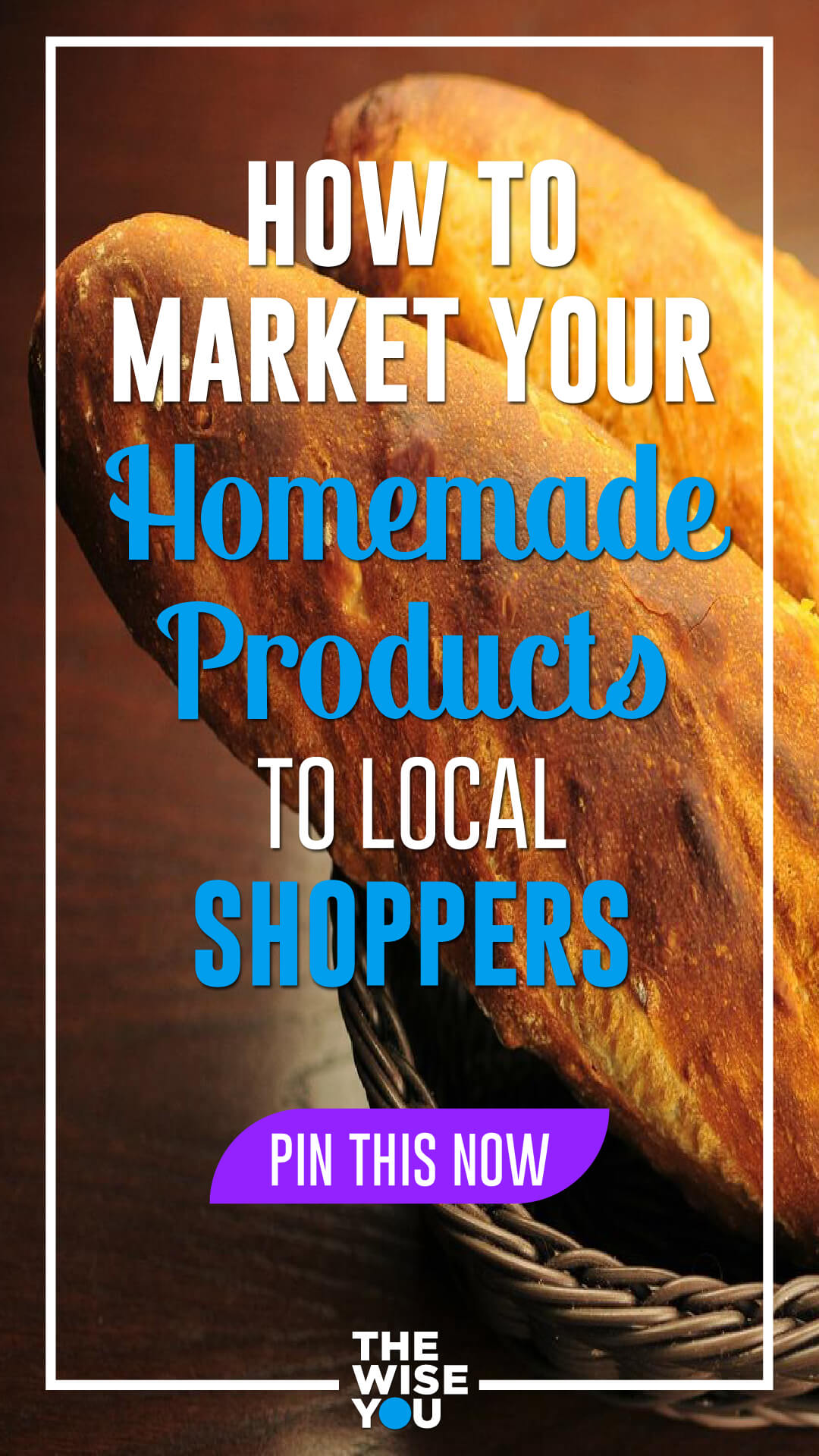With the internet at the palm of our hands, it’s probably the first place you think about when you want to sell your handmade products. The online marketplaces like Etsy, Shopify, and Amazon make this process easy. Though these channels are great, they aren’t the only resource you can use.
Often, it’s easier to sell to local shoppers. If you’re asking yourself, “How do I market my business locally?” “Other than the one-off craft shows, what are my other options?” Here is a comprehensive list of locations where you can sell your wares to local shoppers:
1. Craft Fairs
Crafts fairs are fantastic because everyone who shows up is interested in handmade items; all you need to do show off the quality and utility of your crafts.
Craft fairs can be tricky, though. You need to do a proper evaluation before you decide to showcase your items in a show. What’s the size of the fair? How well established is it? How well advertised is it? What other vendors are participating?
All these factors are beyond your control, you can have an amazing booth packed with top-notch items, but if the show was poorly marketed, you might not get enough customers to justify your participation. This means you should be more discerning when choosing the craft shows to attend.
2. Art Galleries
Some crafts aren’t suitable for art galleries but always look out for galleries that can suit your work. Collaborating with a gallery differs from direct selling – it’s more of ‘a consignment shop arrangement’ where part of the sale price goes to the gallery. The gallery also determines how you display your work.
But, some galleries lease out display space. With rented space, you get to choose how to display your stuff. And depending on your agreement, the gallery may not be entitled to a slice of your sales.
3. Consignment Shops
Consignment shops are an excellent resource for craft makers. The shops agree to display your items for a specified period in exchange for an agreed-upon percentage of the sales.
Opt for consignment shops that align with your items. Some focus on houseware, formal clothes, vintage items, and so on. Importantly, collect your unsold products on time. A lot of consignment contracts have a clause that transfers the ownership of unclaimed goods to shop.
4. Festivals
Many festivals now incorporate craft markets, which can attract considerable traffic depending on the overall scale of the festival. Like most craft shows, their success is hinged on the vision of the planning committees and weather conditions.
With a bit of looking around, you can get to display your crafts in amazing events, especially if your items fit into the theme or general aesthetic of the festival.
5. Flea markets
Flea markets typically feature a wide range of products, though some focus on handmade goods. So they are fantastic avenues for selling a mixed range of homemade products.
6. Farmers Markets
Farmers’ markets are friendly local events that host farmers, but they also often incorporate makers. Their key benefit is that, unlike the one-off craft shows, they are regularly scheduled. So they foster a more in-depth and long-term relationship with customers.
7. Local Accessory and Clothing Shops
If your crafts are accessories or wearables, the local boutiques that sell similar items make for excellent collaborators. You can negotiate a consignment relationship with them, but retailers usually prefer wholesale terms. This means they you outright sell items to them, which then they’ll resell.
Here are a few key things you should consider if you opt for a wholesale relationship. First, your pricing should accommodate your profits and the retailer’s profit. A lot of pricing calculators suggest that you double your wholesale price to get your preferred retail price.
Second, you should be prepared to keep up with big orders. Wholesalers typically order bigger volumes than the single items you sell directly to customers.
8. Art Collaboratives
Art collaboratives merge the art focus of galleries with the informality of consignment shops. Instead of you competing with mass-made consignment items, your crafts are hosted, among other handmade items.
Good collaboratives also ensure that there is a balanced mix of products so that there aren’t too many similar items on display at the same time. This means it may be harder for you to get your foot through the door, so being persistent will help.
9. Holiday Markets
If you’re constrained to only one craft show per year, you should opt for the holiday market. Holidays markets, when done right, are incredibly profitable. This is because they’re often held indoors, and they tap into the holiday enthusiasm of shoppers.
10. Cafes and Restaurants
You’ve probably seen the ‘for sale’ paintings that hung in some cafes and restaurants. This technique can work for your craft too. If you make decorative crafts or functional pieces that have an ornamental value and not delicate, cafes and restaurants can make excellent display space.
This is especially true for large high-value pieces. A regular who interacts with the item a lot and appreciates it is more likely to the leap and buy it than craft show-goers who’ll only give it a cursory look.
But with restaurant and café display, your items should be clearly branded. Avoid placards and hangtags that can be misplaced. Instead, integrate your branding to your products so that even though you don’t make a sale, you’ll get decent exposure to the local audience.
11. Staged Homes
If you make housewares like artwork, curtains, pillows, or quilts, check if the local home staging companies/realtors might willing to collaborate with you. While most of their items are rented or part of their stock, you can persuade them to display some of your work.
The most crucial part will be to provide the realtor or staging company with a mini-catalog outlining your items which they’ll hand to potential customers. While this is not an active sales technique, it’ll help you expose your wares and your name to new homeowners and interior decorators in your area.
12. Shopping Parties
Shopping parties worked for Avon and Tupperware; there is no reason they won’t work for you. Invite your friends and family to a shopping party in which they’ll get to browse your products. If hosting family and friends party isn’t possible, you can offer a deal to a host in which you’ll split the proceeds.
The host doesn’t have to be an individual; it can be a church group, charity organization, or book club with the shopping party being part of their fundraising or social events. Just ensure your pricing incorporates your profits.
13. Gift Shops
With gift shops, you can work out a wholesale or a consignment agreement. The great thing about gift shops is the diversity of their offerings. Gift shops cater to all sorts of tastes, so whether you make embroidered wall hangings or recycles soft toys, your items will often find a niche in the shop.
There only exceptions are highly customized or specialty items like tailored clothing, bridal-wear, or window treatments. These are better suited for specialty shops.
14. Craigslist
Craigslist has its fair share of dubious deals and characters. However, it’s still an excellent place to advertise and sell, especially if you offer services like bespoke tailoring or large handmade products like furniture. You should, however, stick to the best practices so that you keep your information safe, and you avoid getting scammed.
15. Facebook Marketplace
Facebook is an excellent platform to reach local buyers and to market for free. It comes with a vast user base, and the users are connected through the multiple local Facebook groups. And so it offers a low-cost, risk-free way of getting yourself in front of potential customers.
16. Instagram
Although Instagram isn’t built specifically for local sellers, it can be an excellent platform to display wares and sell to locals. You only need to post pictures or videos of your products and ask our followers to bid in the comment section. You can also include hashtags to make your posts more likely to be seen by specific audiences, and location tags to make it easy for buyers to find you.
Don’t Follow the Marketing Strategies of Mass-producers
While you can advertise and sell on the same platforms with mass-producers, your target-customers are different, and for that reason, your marketing modus operandi should be different.
Mass-produced goods are identical and so their advertising and sells process typically ends once a product is sold. But handcrafted items are bought for their unique style. Users like showing them off and so follow up with your buyers and capture their experience. Use those experiences as fodder for your website and social media content. This makes the buyer feel special and, therefore, more likely to come back to your store or site for other purchases.
When it comes down to it, the value of your handmade products is hinged on uniqueness, artistry, and an intriguing back-story. Elevate your brand by creating a compelling narrative. Weave your story into your crafts, your packaging, and your marketing.







